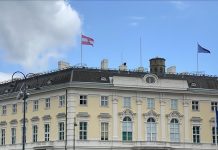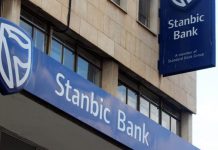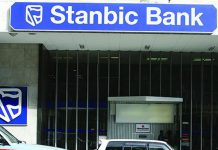AfricaPress-Tanzania:THE outstanding mortgage debt in Tanzania climbed to 438.58bn/-in the year ended 2019 compared to 421.07bn/-in the preceding year, a sign of increased awareness on the use of mortgage loans for buying or building houses.
According to the Tanzania mortgage market update for the year ended December 2019, the average mortgage debt size was 80.33m/-, which is equivalent to around 34,935 million US dollars (84.28m/-in 2018).
The ratio of outstanding mortgage debt to Gross Domestic Product (GDP) stood at 0.36 percent, which is the same as it was in the corresponding period 2018.
The mortgage debt advanced by top 5 lenders accounts for 68 percent of the total outstanding mortgage debt (70 percent as at December 2018).
During the period under review, the mortgage market in the country registered a growth of 4 percent. The total lending by banking sector for the purposes of residential housing was 438.58bn/-, which is equivalent to 190.74 million US dollars.
The number of banking institutions offering mortgage loans increase to 34 compared to 32 in the previous year.
The mortgage market was dominated by five top lenders, who amongst themselves command 68 percent of the mortgage market, 3 percent decline of market share from the previous quarter.
The lenders CRDB Bank was a market leader commanding 40.03 percent of the mortgage market share, followed by Stanbic Bank (13.24 percent), Azania Bank (6.31 percent), NMB Bank (4.46 percent) and KCB Bank (4.24 per cent).
More positive developments are expected in the market as more banks continue to launch their mortgage loan products as competition in the traditional banking products continues to intensify.
Demand for housing and housing loans remains extremely high but is constrained by inadequate supply of affordable housing and high interest rates.
Most lenders offer loans for home purchase and equity release while a few offer loans for self-construction which for the most part continue to be expensive beyond the reach of the average Tanzanians.
While improved from the levels of 22-24 percent in 2010 to 15–19 percent offered today, market interest rates are still relatively high hence negatively affecting affordability.
Additionally, while some improvements have been noted, bureaucratic processes around issuance of titles (especially unit titles) continue to pose a challenge by affecting borrowers’ eligibility to access mortgage loans.







